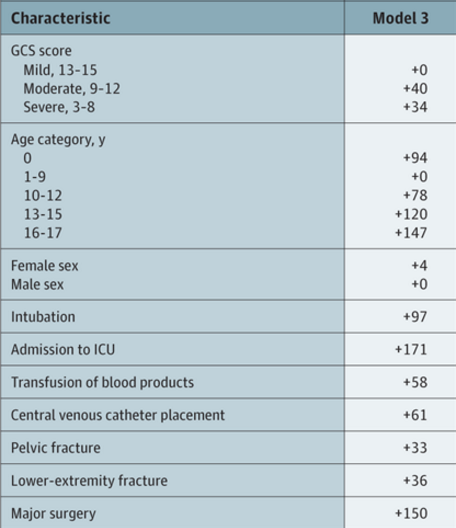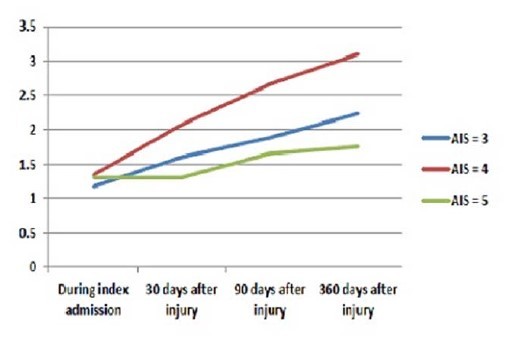Several papers have been published in recent years analyzing the process of fine-tuning venous thromboembolism (VTE) prophylaxis with enoxaparin. My own hospital has (or had) a protocol in place to automatically draw anti-Xa levels after the third enoxaparin dose in select patients. What is the science behind this concept? It looks like that’s a popular question these days.
Enoxaparin interacts with antithrombin III, turning off a number of factors further down in the clotting cascade. As part of the process, it inactivates Factor Xa, which is easily measurable by a simple blood test. This is very helpful, since PT and PTT are not affected by enoxaparin.
The paper I will discuss today postulated that many patients are “sub-therapeutic” given the usual dosing regimen of 30mg bid. They primarily focused on “hitting the number”, meaning achieving an anti-Xa level > 0.2 IU/ml.
Patients at a single Level I trauma center were enrolled, receiving standard dose enoxaparin and undergoing duplex screening within 48 hours of admission, and again during the first week in hospital. Anti-Xa levels were drawn four hours after the third dose (peak level) and one hour before the fourth dose (trough level).
Here are the factoids:
- Of 164 patients enrolled, only 61 patients remained in the study. A total of 103 (63%) were excluded because blood draws or screening studies were not done correctly. (!!)
- 70% of patients had sub-therapeutic enoxaparin dosing based on anti-Xa peak levels
- The subtherapeutic patients tended to be males, with “higher body weight.” The reality was that the therapeutic patients weighed 71kg and the non-therapeutic men 88kg. But BMI was only 25 and 29, respectively, and was not significantly different.
- There were 3 VTEs detected during the study, all receiving the initial 30mg dose of enoxaparin. Two of the three had therapeutic anti-Xa levels.
- No bleeding complications were observed in patients who had their enoxaparin dose adjusted upward
Bottom line: It’s really hard to take anything away from this study at all! Well, we can certainly see that the research group had a tough time adhering to their own protocol, losing two thirds of their study group. This throws the accuracy of the data on the remaining subjects into doubt given the very low numbers.
It would appear that many patients did not achieve their magic number of 0.2 IU/ml for anti-Xa when receiving the standard enoxaparin dose. So what? VTE occurred essentially equally in both groups, but really can’t be interpreted either due to the low numbers.
So basically, this paper is just telling us how many of their patients don’t hit the magic number. Not if that number has any implications on real outcomes, like DVT, PE, or mortality. But if you only read the title or abstract, you might think so!
Tomorrow, I’ll review a paper on anti-Xa that takes a different approach. Just about as successfully.
Related posts:
- Enoxaparin And anti-Xa Levels: Who Cares? Part 1
- Enoxaparin And anti-Xa Levels: Who Cares? Part 1.5
- Enoxaparin And anti-Xa Levels: Who Cares? Part 2
- Enoxaparin And anti-Xa Levels: Who Cares? Part 3
- DVT and PE in trauma
- Aspirin for DVT prophylaxis??
- DVT in children: how old is old enough to worry?
Reference: Dose adjusting enoxaparin is necessary to achieve adequate venous thromboembolism prophylaxis in trauma patients. J Trauma 745(1):128-135, 2013.



